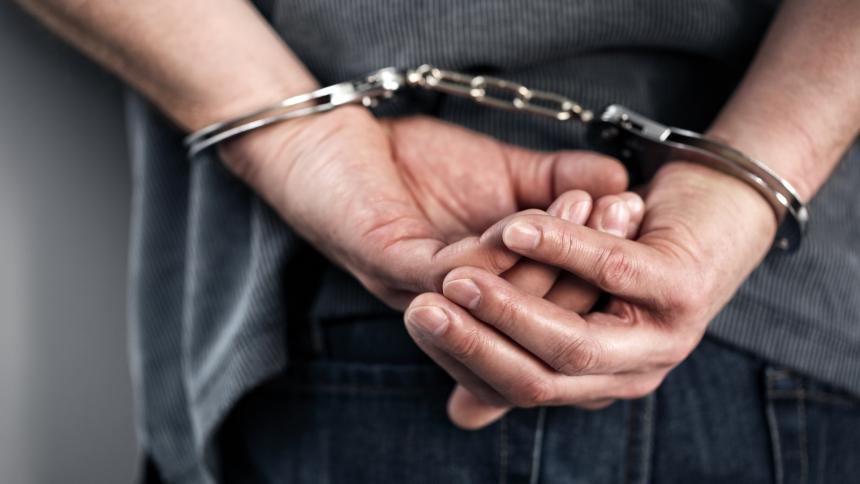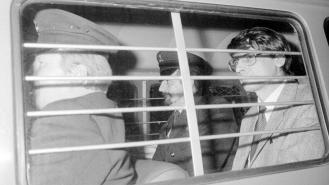
How Stephen Port was caught
In the space of 16 months between 2014 and 2015, four young gay men, Anthony Walgate, Gabriel Kovari, Daniel Whitworth, and Jack Taylor, were found dead. Two of the deceased were discovered in the same spot and another one, close by. All of the victims were less than two minutes away from Stephen Port’s flat, where the first victim was discovered.
The conviction of Stephen Port, now serving a full life term for murder, began with one simple question from Jack Taylor’s two older sisters. Why would their brother, who was openly against the use of taking drugs, die of a drugs overdose? This inspired a quick search on the internet where it was revealed Gabriel Kovari and Daniel Whitworth had died of GHB overdoses in virtually the same location. Having linked up the three cases, the sisters went to the police.
The killings began around 19th June 2014, when Stephen Port, a 39-year-old chef, called the police alerting them of a lifeless body outside his flat. It didn’t take the police long to figure out Port wasn’t telling them the whole story. The deceased, Anthony Walgate, was a fashion student and occasional escort. Port was positively identified as his client and arrested on suspicion of perverting the course of justice.
When questioned, Port said that he and Anthony Walgate had taken drugs and had sex. He then claimed that he had found Walgate dead in his bed the following evening. Port said that he’d panicked and dumped the lifeless body outside his flat. On the back of this, Port was bailed. But Anthony’s friends had suspicions that their friend hadn’t simply overdosed and they pressed the police to check Port's laptop. It wasn’t until over 10 months later - after two more young men had died – that police finally analysed the laptop. Here, evidence relating to explicit videos detailing Port’s crimes was missed.
70 days after the death of Walgate, Gabriel Kovari was found propped up against a gravestone, dead of an apparent overdose. 23 days later Daniel Whitworth was found dead in the same spot. In addition to a small bottle of GHB, Whitworth had a ‘suicide note’ crudely stating that he had accidentally killed Kovari and was paying by taking his own life.
A friend of Gabriel Kovari became suspicious and started to investigate the matter through the gay community and suggested police investigate one of Port’s aliases. It wasn’t followed up. Relatives of Daniel Whitworth told police that they did not believe that Daniel would kill anyone, let alone himself, but vital clues to attest this were ignored.
When Jack Taylor’s lifeless body was discovered up against the wall of the same churchyard a year later - with a syringe and a bottle of GHB - his sisters begged the police to examine the link between the cases. The police continued to deny any such link existed, but told the sisters that there was CCTV footage of Jack walking, hours before his death, with a tall blonde man. The sisters convinced the police to release the footage to the press and Stephen Port was identified by a serving member of the local police force.
From the moment Anthony Walgate was murdered, the police were presented with multiple opportunities to catch and convict Port. However, it was the persistence of the friends and families of the victims, presenting evidence to the police and pointing out the inconsistencies of the deaths that finally forced the police to act.







